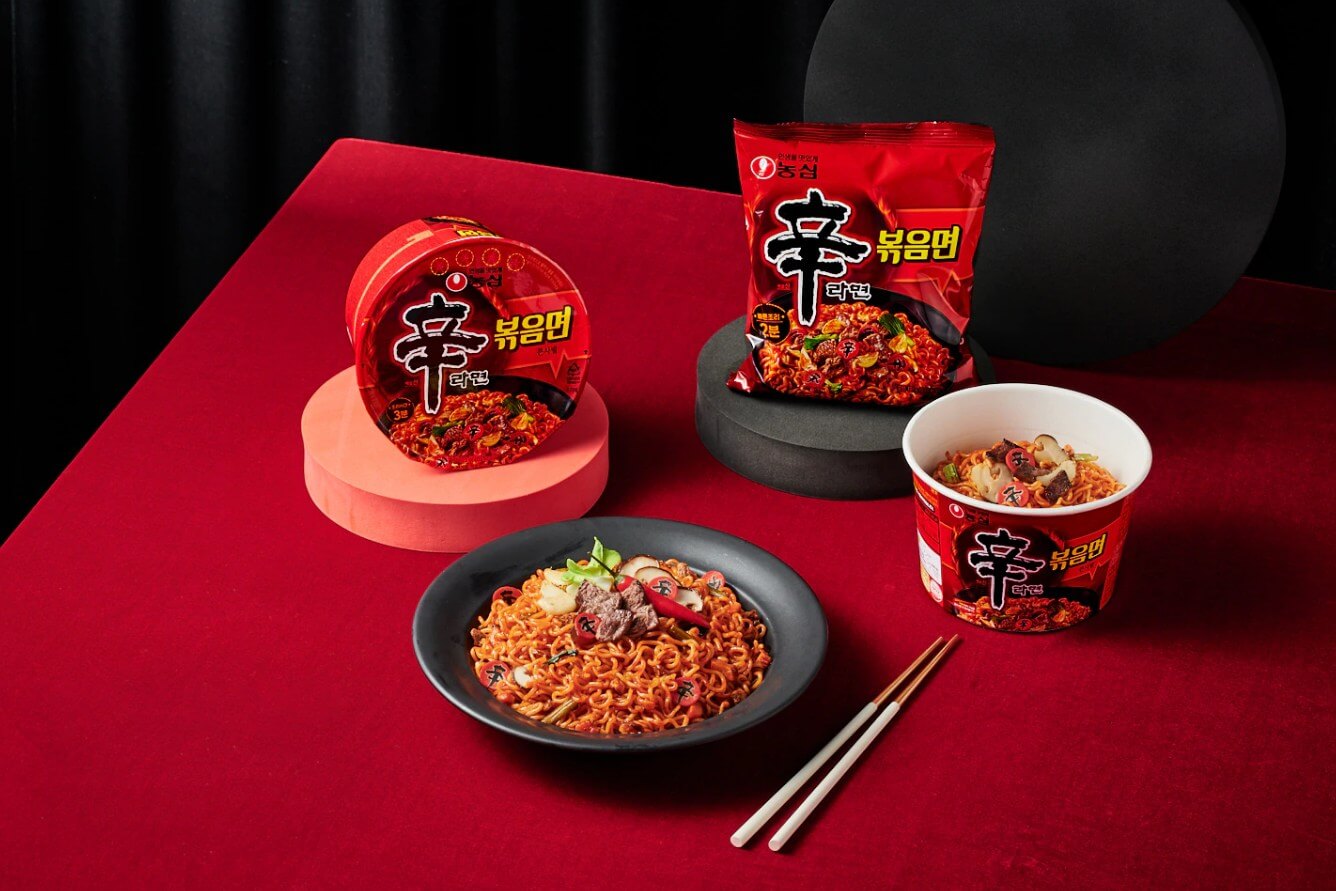
Shin Ramen, the popular Korean instant noodle brand, has gained immense popularity worldwide. Its delicious and spicy flavor has made it a go-to choice for many instant noodle enthusiasts. However, in addition to its taste, it’s important to consider the nutritional value of Shin Ramen. In this article, we will delve into the 11 key nutrition facts of Shin Ramen, giving you a comprehensive understanding of what you’re consuming when you indulge in this fiery noodle dish. From calories and fat content to sodium levels and vitamin content, we will explore how Shin Ramen fits into a balanced diet. So, if you’re curious about the nutritional profile of Shin Ramen, read on to discover the facts that will help you make informed decisions about your instant noodle cravings.
Key Takeaways:
- Shin Ramen is high in calories, carbohydrates, and sodium, but lacks fiber and essential vitamins. Enjoy it in moderation and add fresh veggies or lean proteins for a healthier meal.
- Be mindful of Shin Ramen’s high sodium and fat content. Consider adding nutritious ingredients to enhance its nutritional value and enjoy it as an occasional treat.
Calories
One serving of Shin Ramen contains approximately 370 calories.
Carbohydrates
Each serving of Shin Ramen provides around 67 grams of carbohydrates.
Protein
Shin Ramen is a good source of protein, with about 8 grams per serving.
Fat Content
Each serving of Shin Ramen contains approximately 14 grams of fat.
Sodium
Shin Ramen is known for its high sodium content, with around 2,020 milligrams per serving.
Fiber
Unfortunately, Shin Ramen is not a significant source of fiber, as it contains only 2 grams per serving.
Vitamins
Shin Ramen is not a significant source of vitamins, as it lacks essential nutrients like vitamin C and vitamin A.
Minerals
While it does provide some minerals, such as iron and calcium, the amounts are relatively small.
Preservatives
Shin Ramen contains preservatives to prolong its shelf life and maintain its flavor.
Allergens
Shin Ramen may contain allergens such as wheat, soy, and sesame, so it is important to check the label if you have any allergies.
Flavor Enhancers
Shin Ramen contains flavor enhancers like monosodium glutamate (MSG) to enhance its taste.
Overall, while Shin Ramen is a popular and convenient choice for a quick meal, it is important to be mindful of its high sodium and fat content. Additionally, it may not provide significant amounts of essential vitamins and minerals. As with any processed food, moderation is key. Incorporate it into a balanced diet and consider adding fresh vegetables or lean proteins to enhance its nutritional value.
Conclusion
In conclusion, Shin Ramen provides a quick and delicious meal option that is loved by many. While it is important to enjoy it in moderation due to its high sodium content, it can be a satisfying choice for a flavorful and convenient meal. Remember to balance your diet with other nutritious foods to meet your body’s needs. With the nutrition facts in mind, you can make informed decisions about incorporating Shin Ramen into your meal plan. So go ahead, indulge in a bowl of Shin Ramen, but don’t forget to prioritize a well-rounded and healthy diet overall.
FAQs
1. How many calories are in a serving of Shin Ramen?
A serving of Shin Ramen typically contains around 370 calories.
2. Is Shin Ramen high in sodium?
Yes, Shin Ramen is high in sodium. A serving can have up to 1,690 milligrams of sodium, which is a significant amount. If you have high blood pressure or are on a low-sodium diet, it’s important to consume Shin Ramen in moderation or opt for lower-sodium alternatives.
3. Does Shin Ramen contain any artificial additives?
Shin Ramen does contain some artificial additives, such as flavor enhancers and preservatives. However, the precise ingredients may vary depending on the specific brand or flavor variant, so it’s always a good idea to check the packaging for detailed information.
4. Can Shin Ramen be a part of a balanced diet?
While Shin Ramen can be enjoyed as an occasional treat, it’s important to note that it should not be the sole component of your diet. To maintain a balanced diet, it is recommended to incorporate a variety of fruits, vegetables, proteins, and whole grains into your meals.
5. Are there any vegetarian or vegan options available for Shin Ramen?
Yes, there are vegetarian and vegan options available for Shin Ramen. Some brands offer plant-based versions that use vegetable broth and substitute the meat flavorings with vegetable-based seasonings. Always check the packaging for specific dietary information and certifications to ensure it aligns with your dietary preferences or restrictions.
Was this page helpful?
Our commitment to delivering trustworthy and engaging content is at the heart of what we do. Each fact on our site is contributed by real users like you, bringing a wealth of diverse insights and information. To ensure the highest standards of accuracy and reliability, our dedicated editors meticulously review each submission. This process guarantees that the facts we share are not only fascinating but also credible. Trust in our commitment to quality and authenticity as you explore and learn with us.


